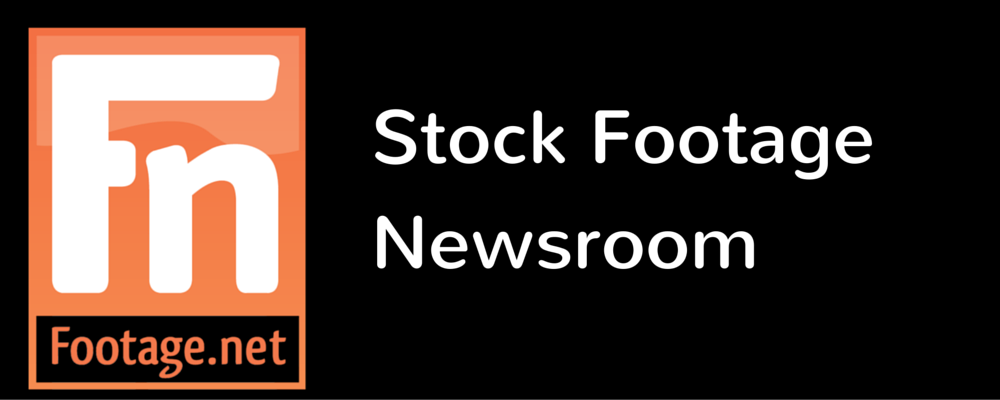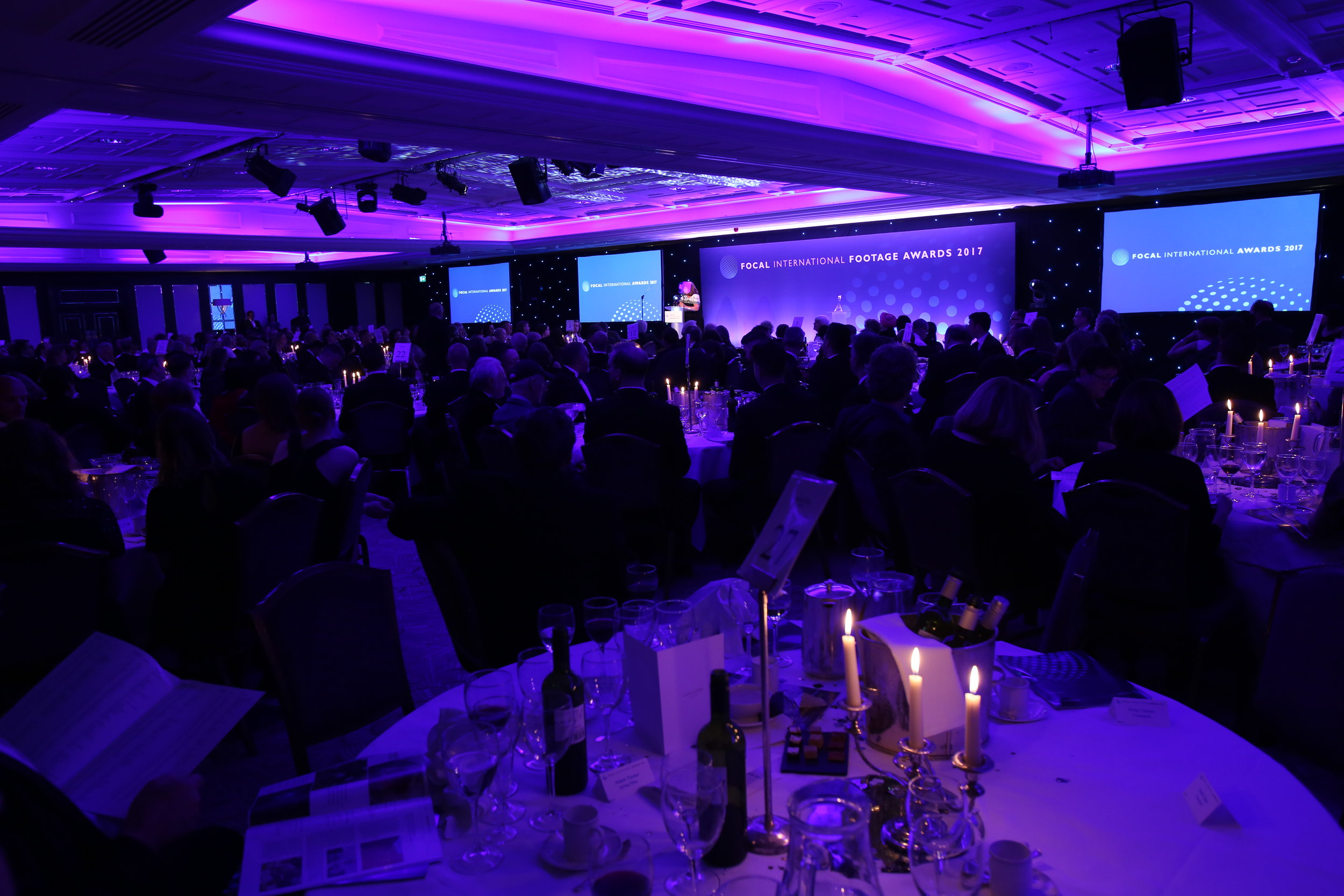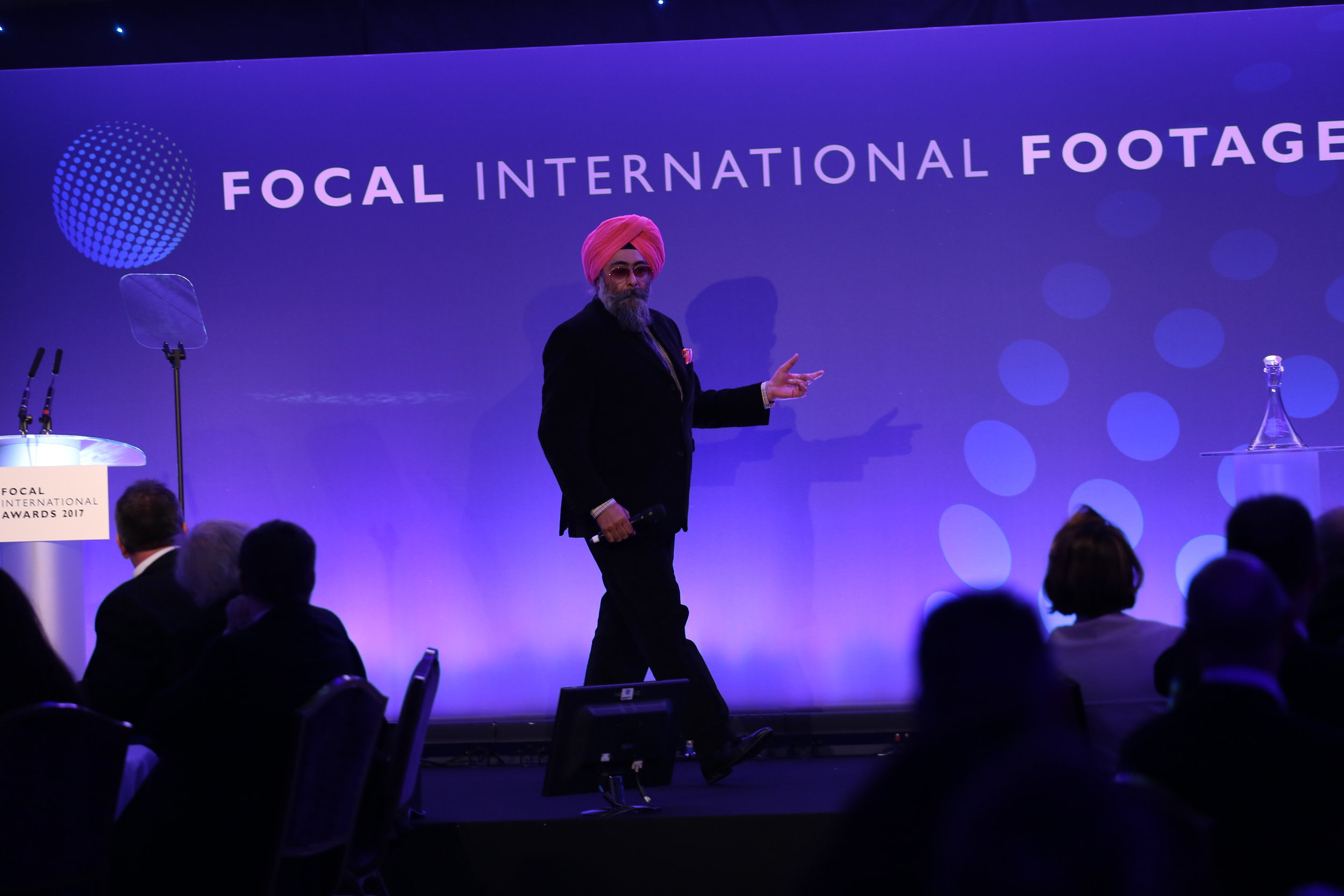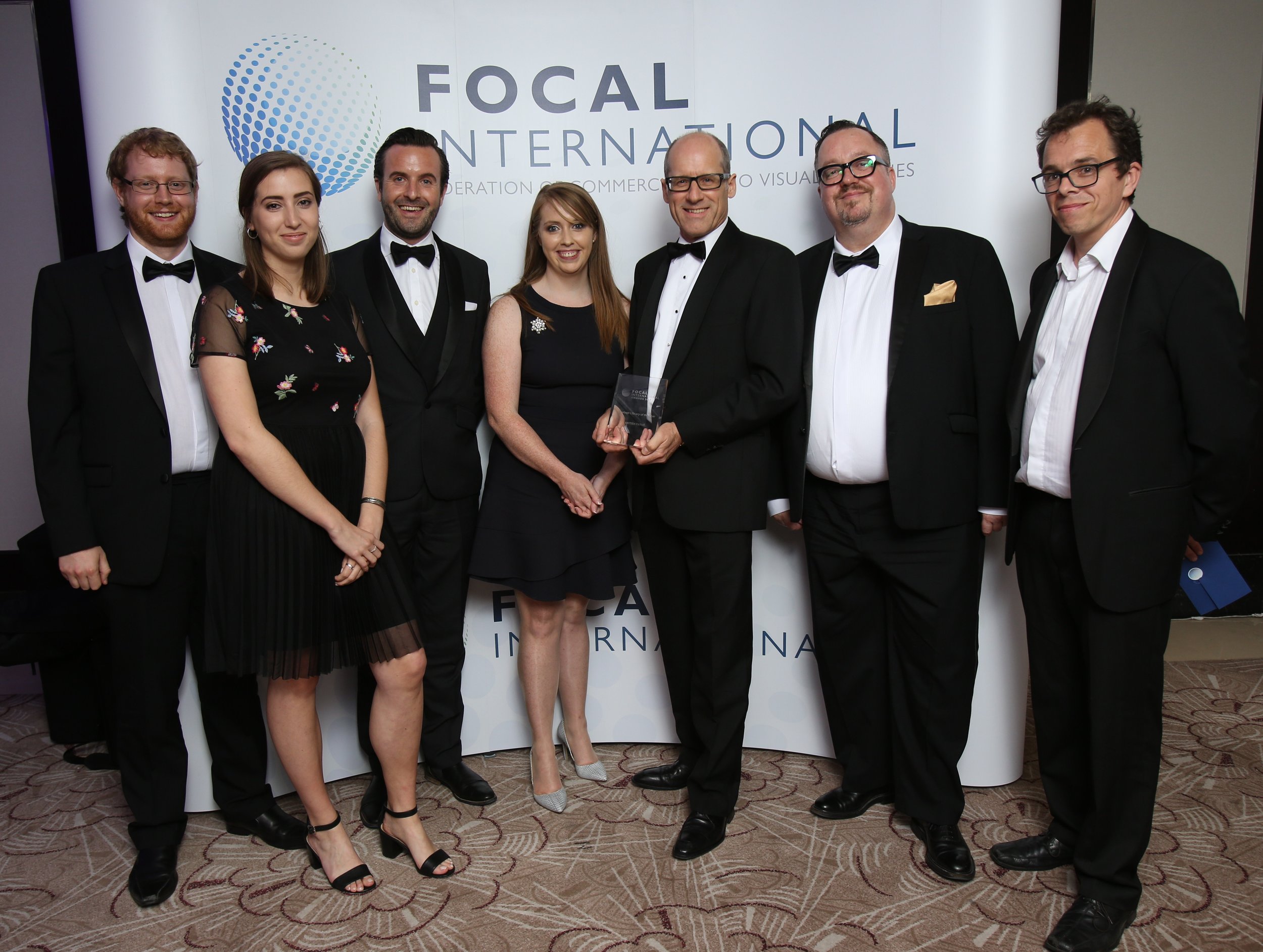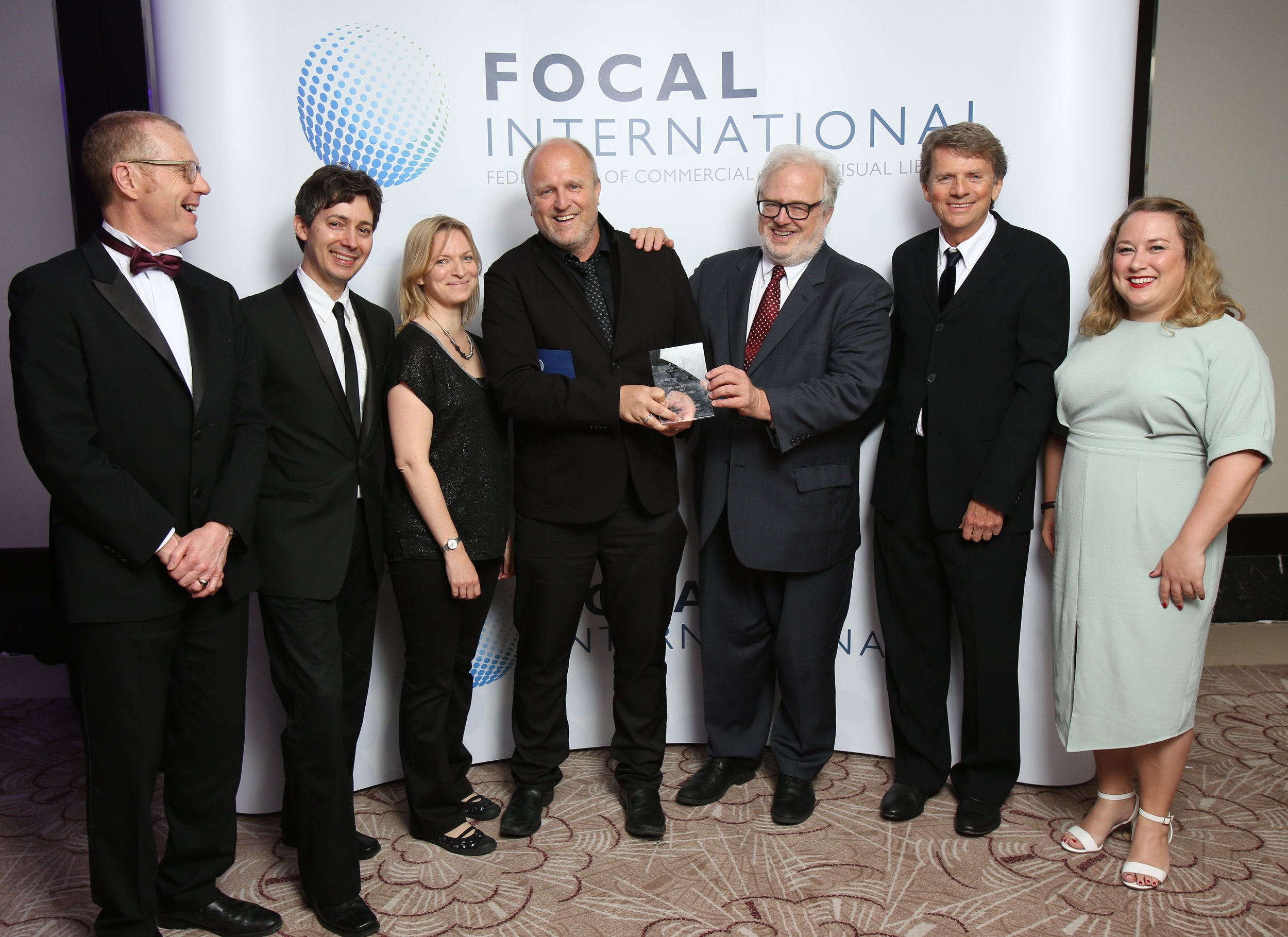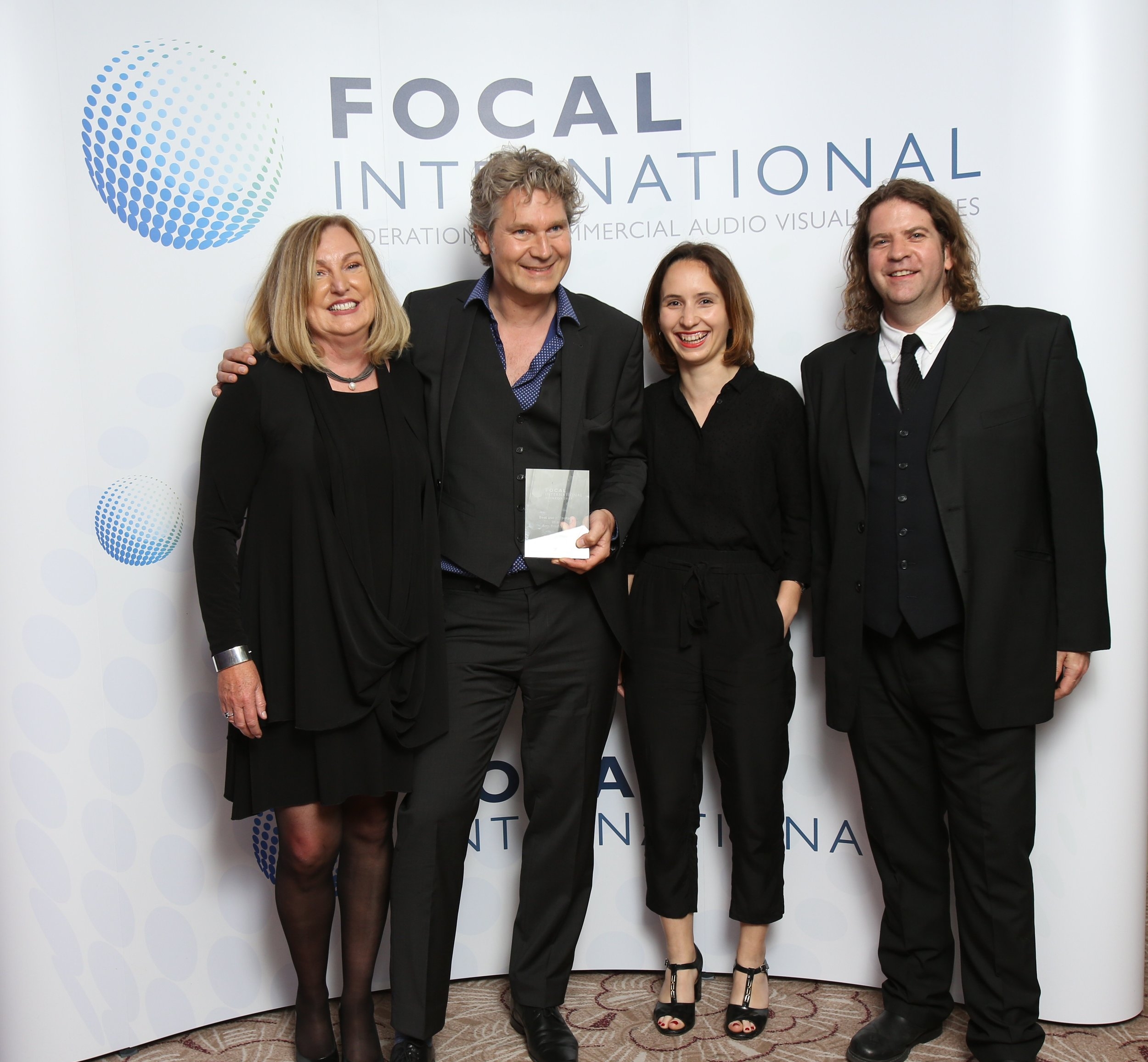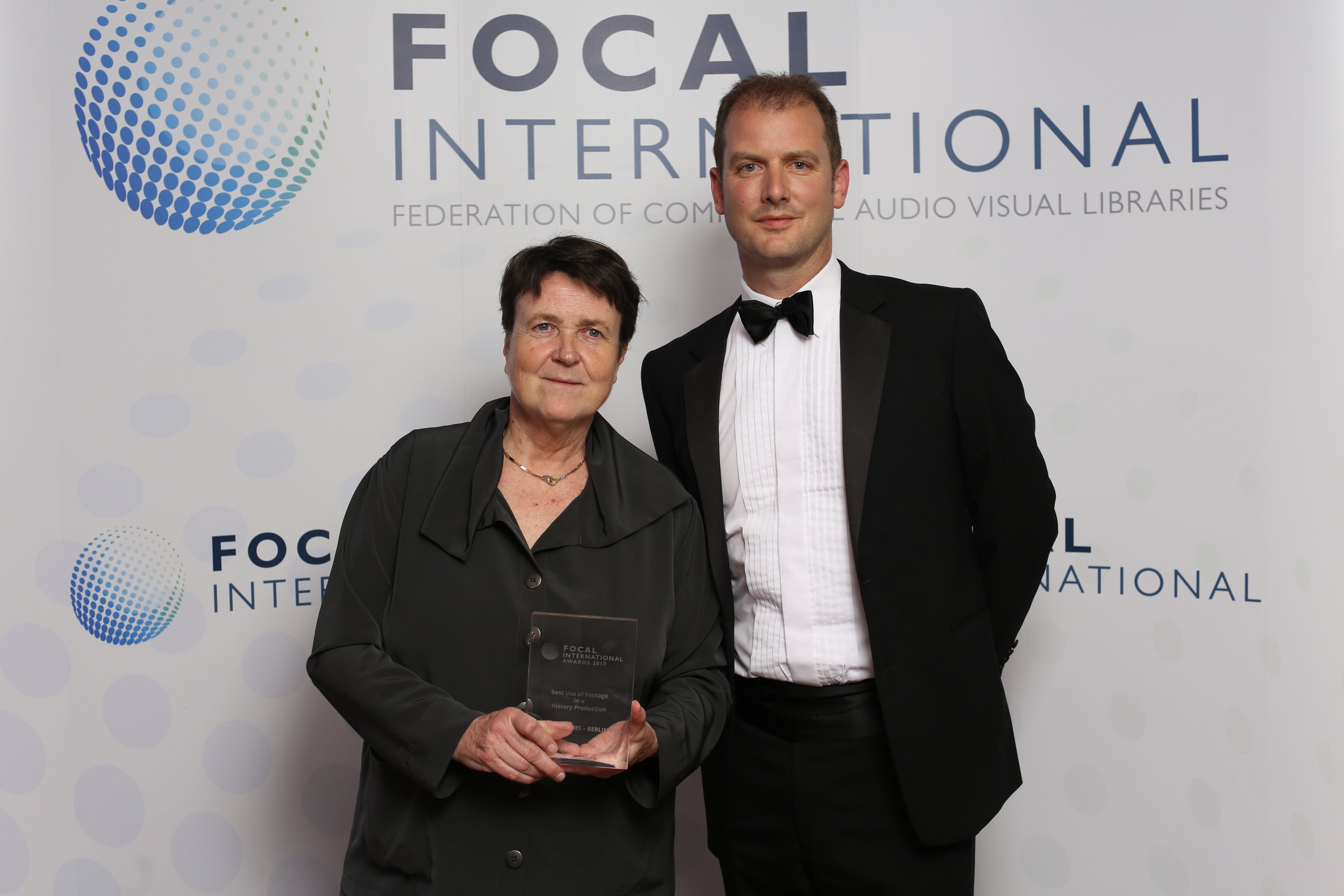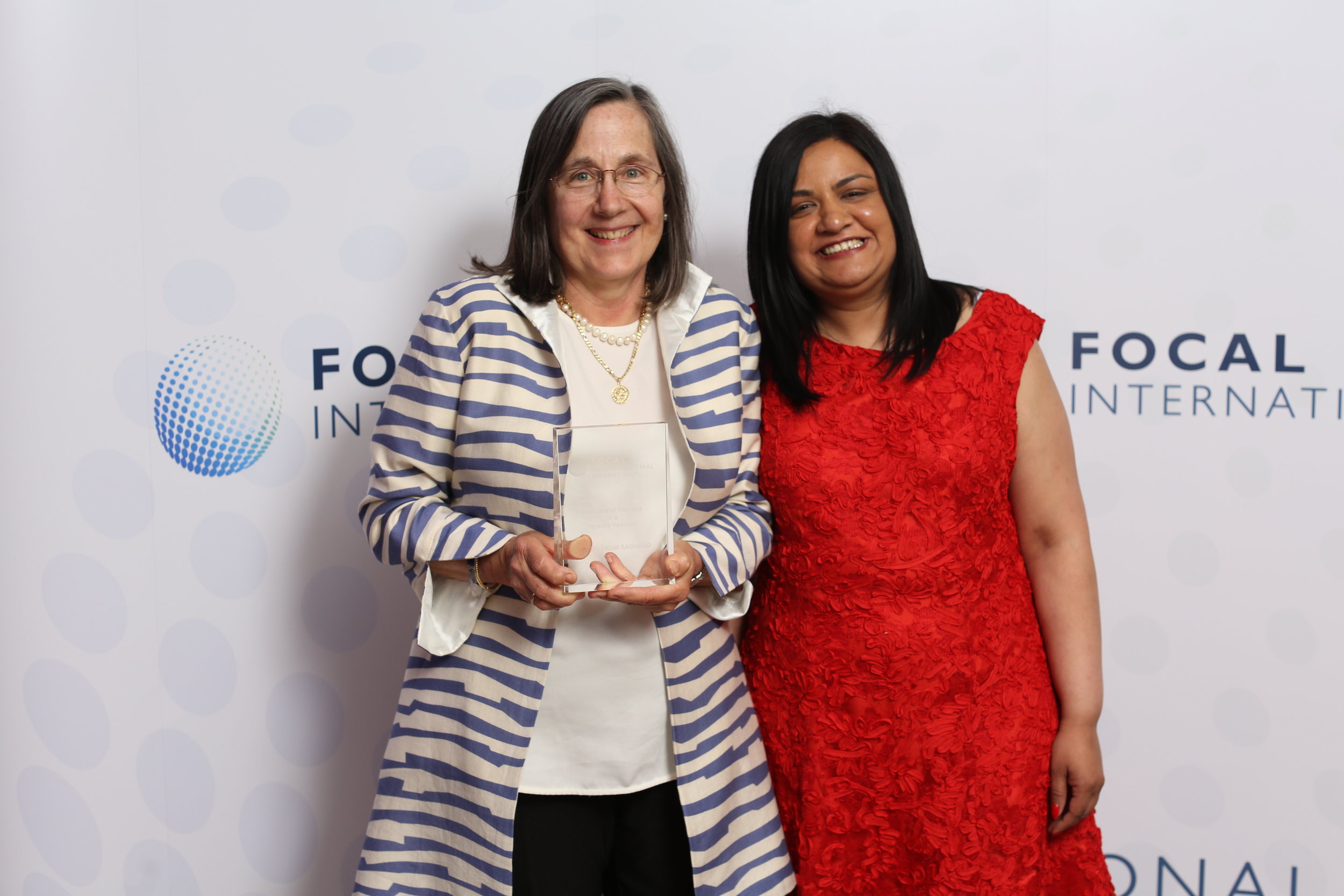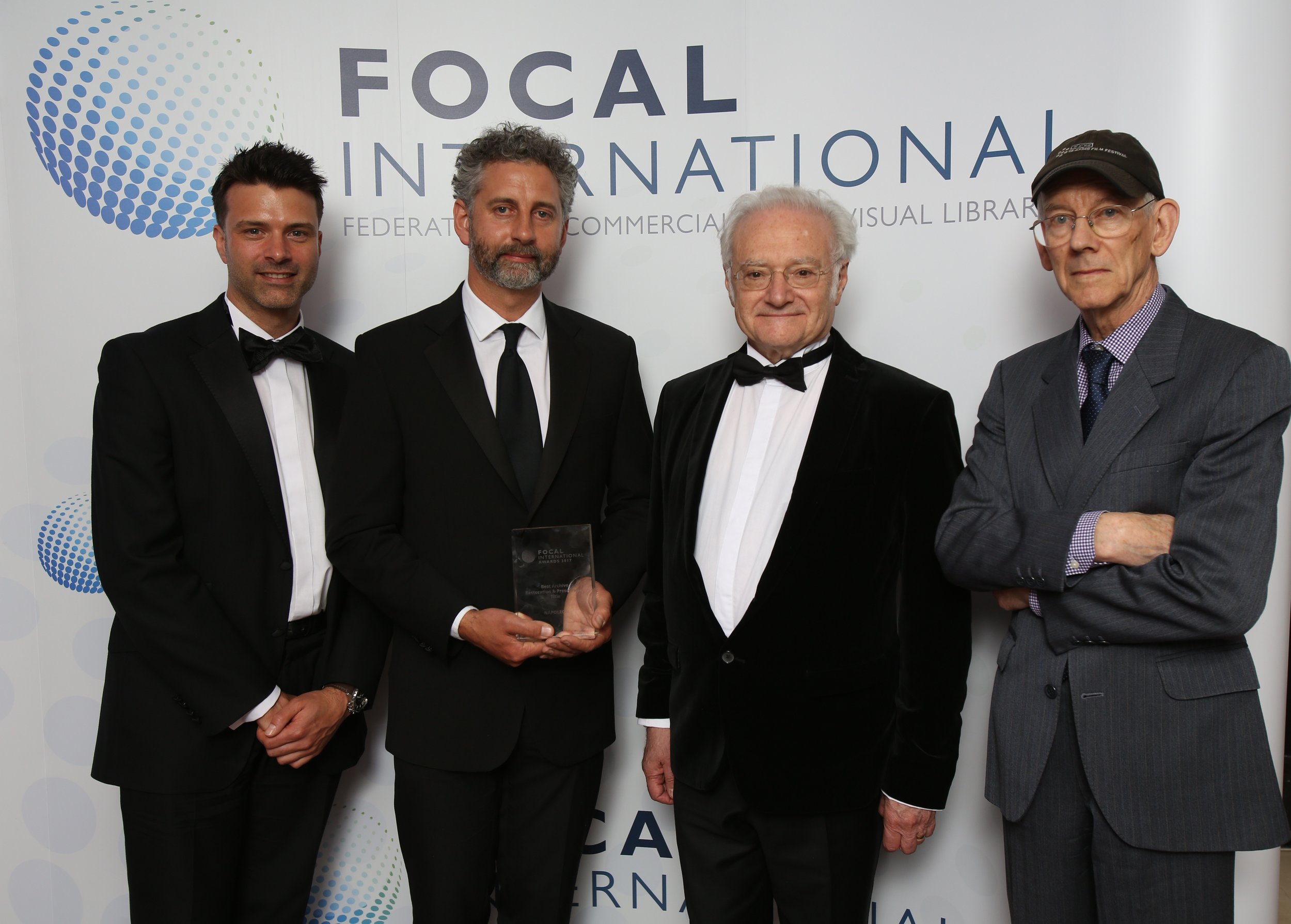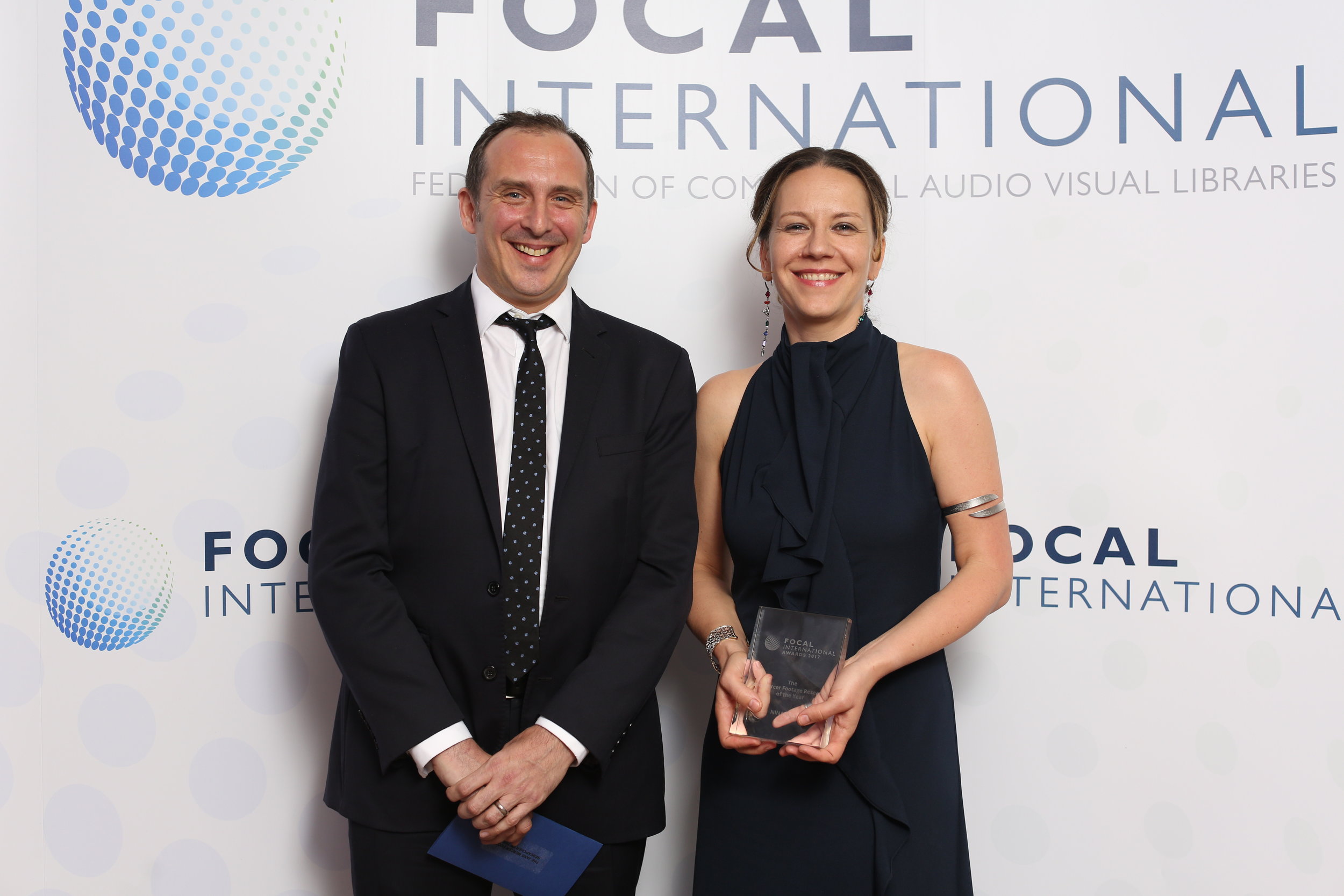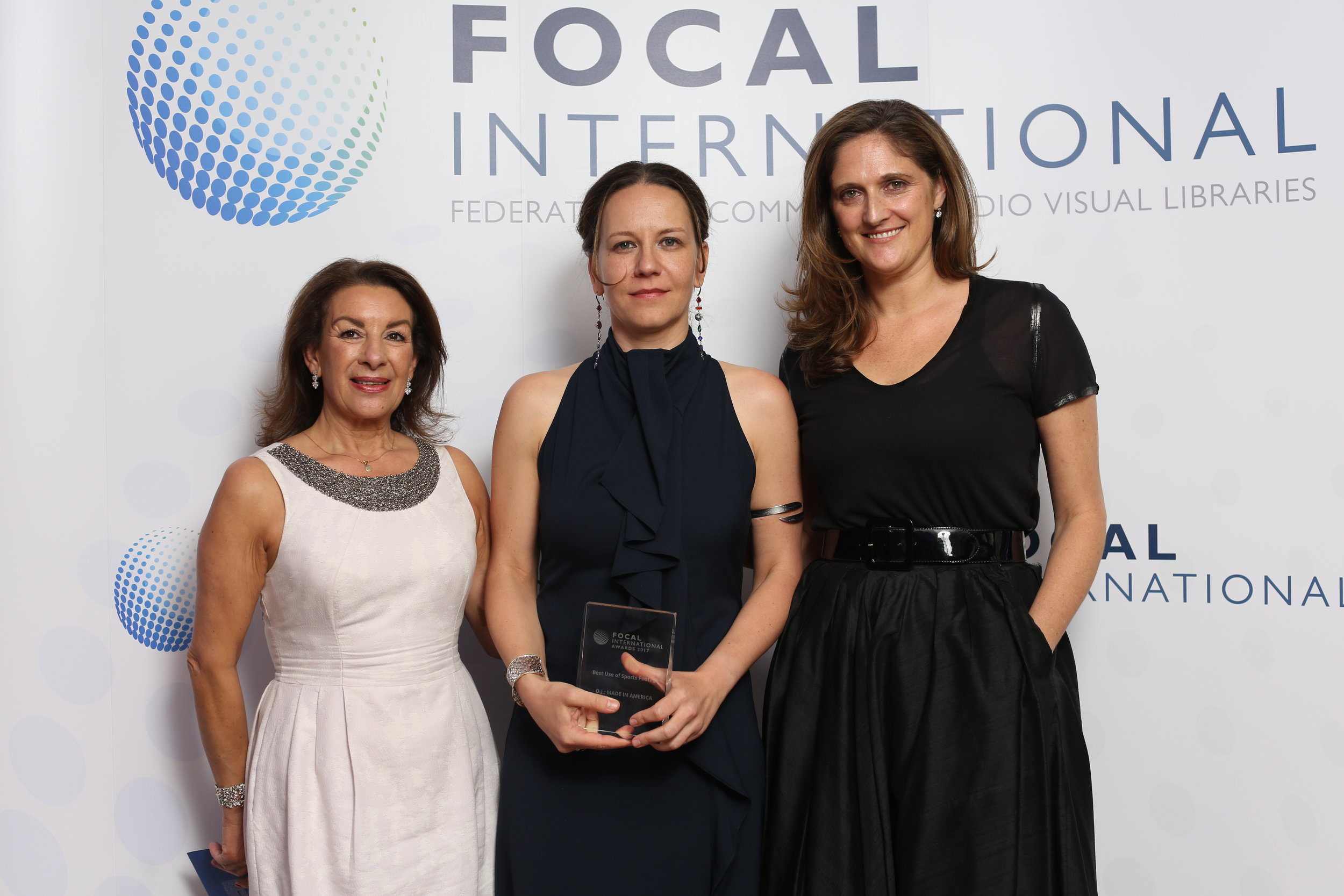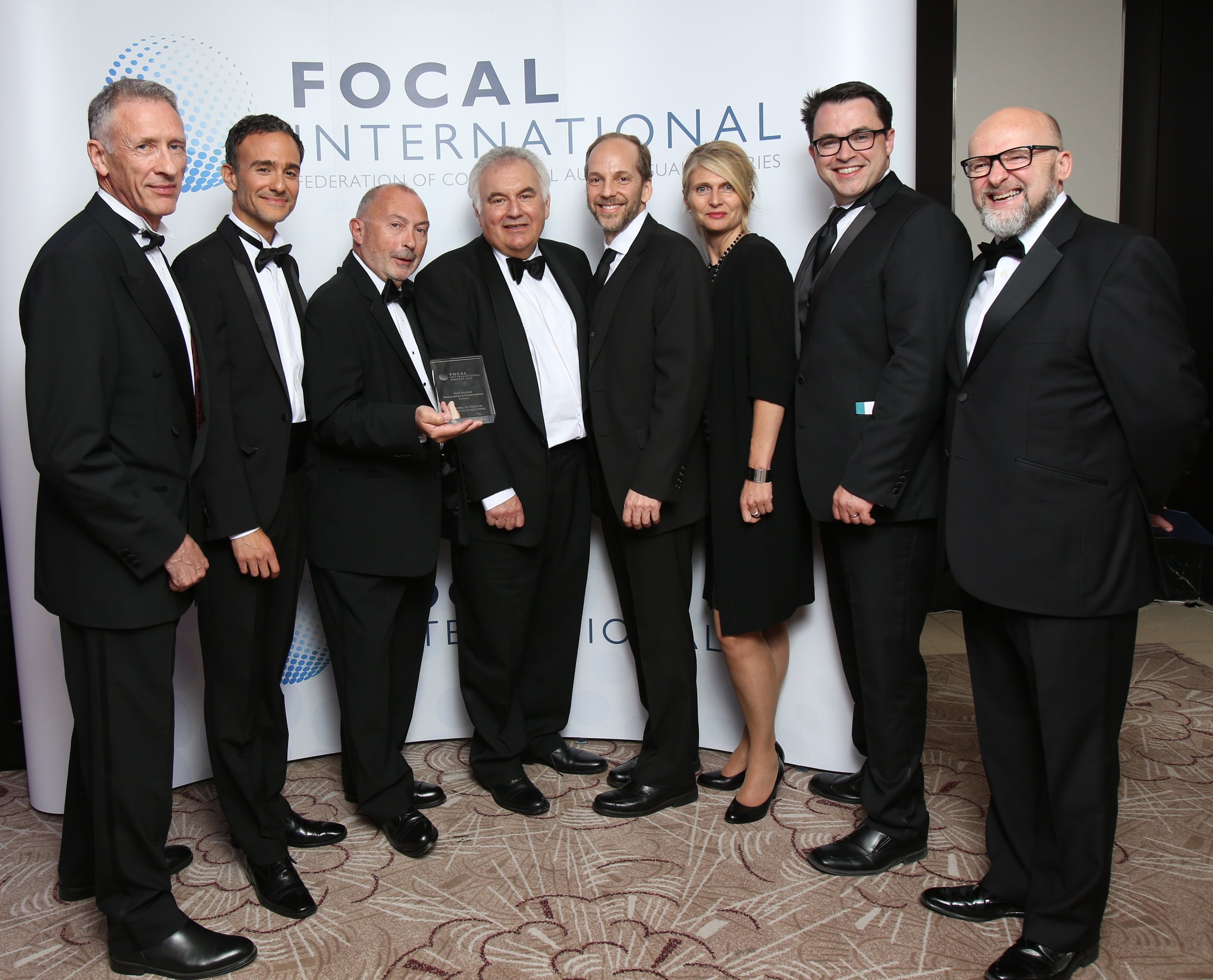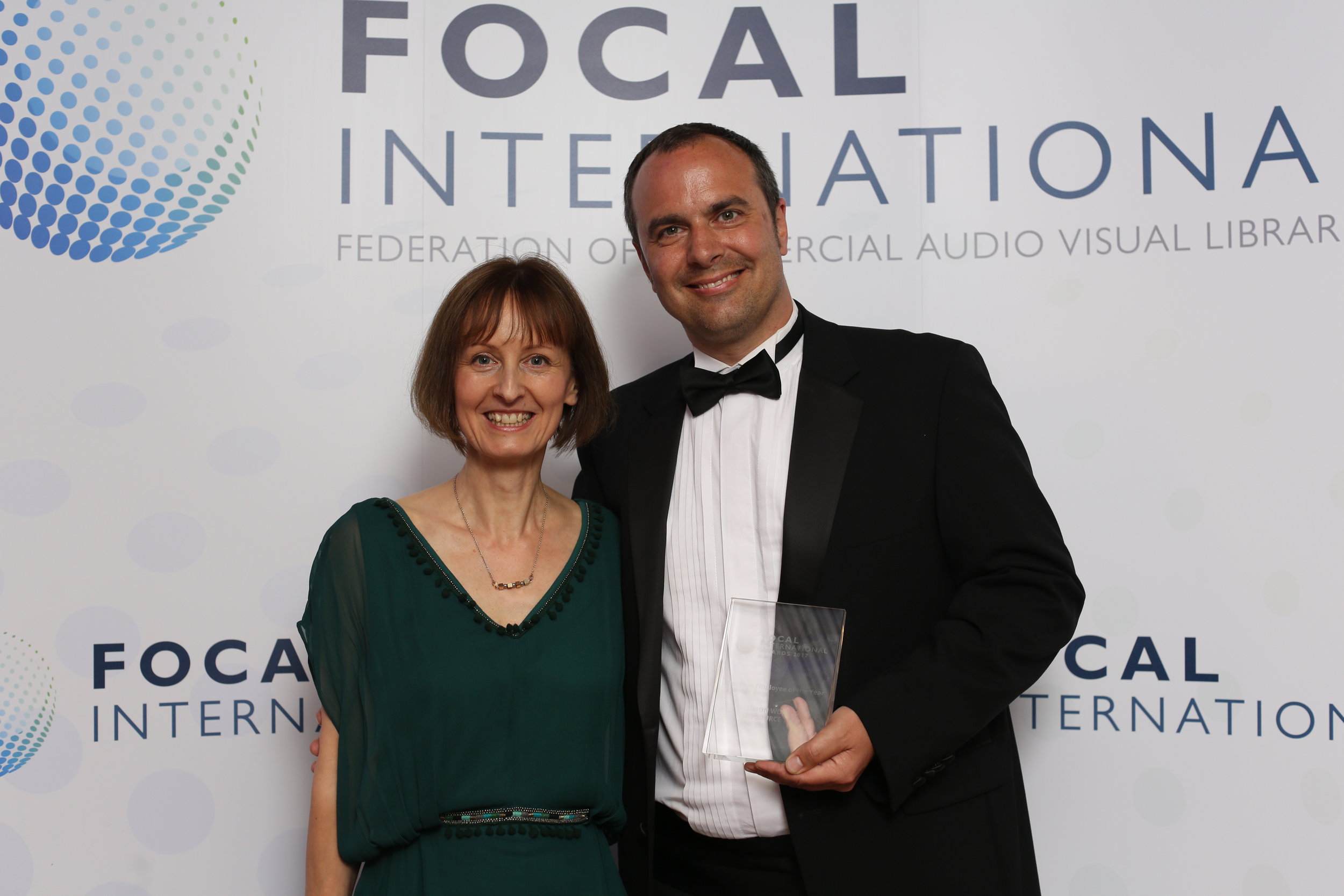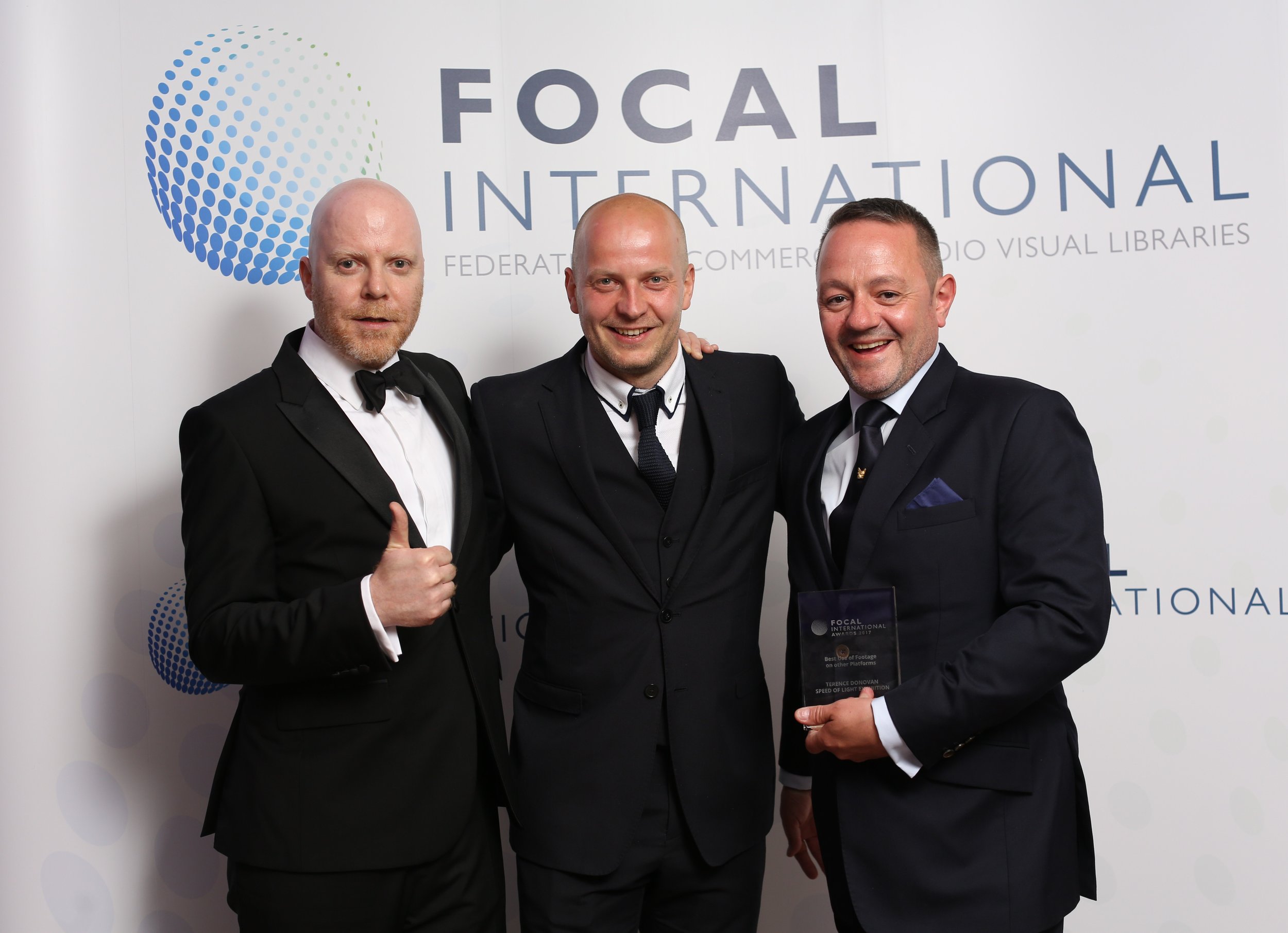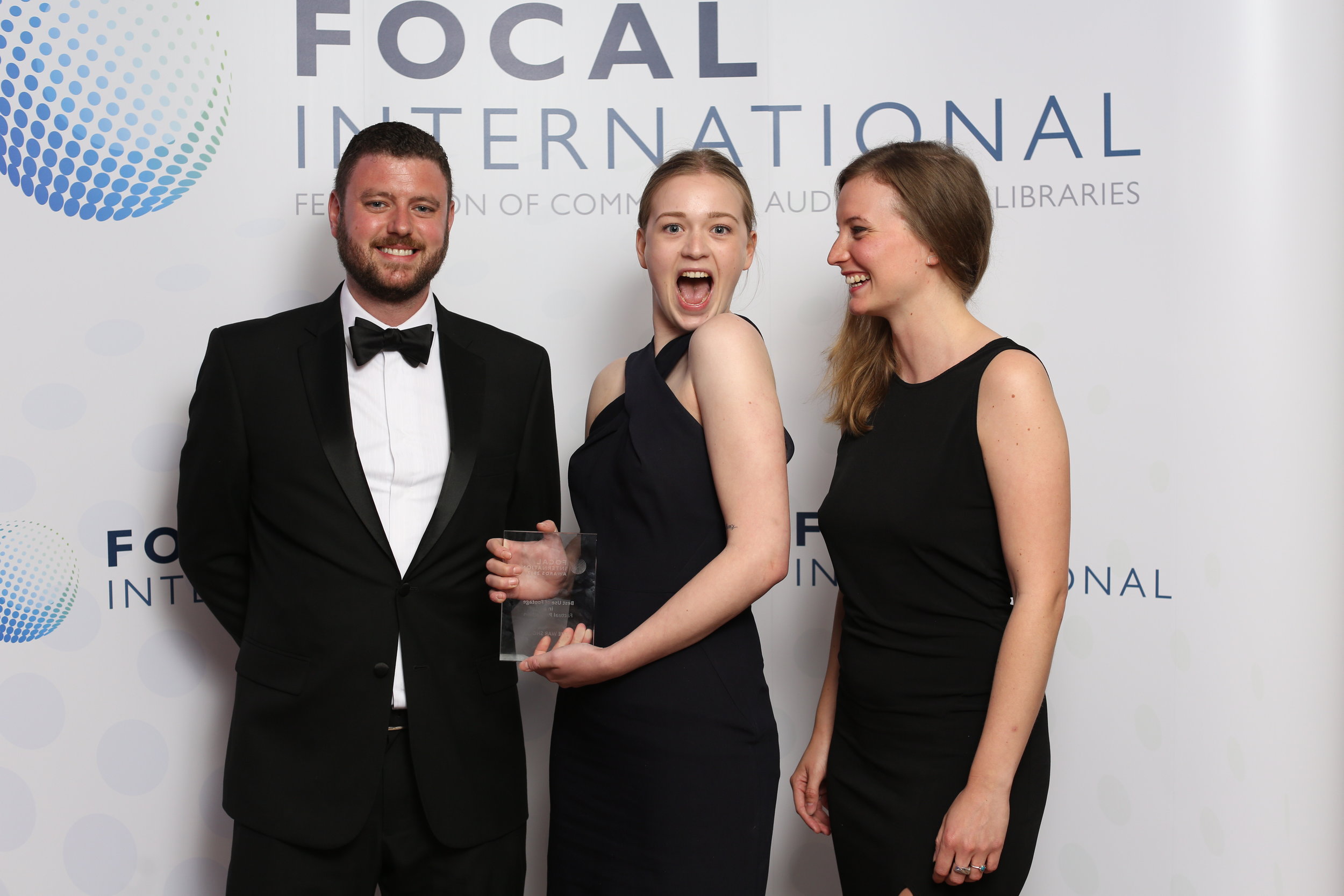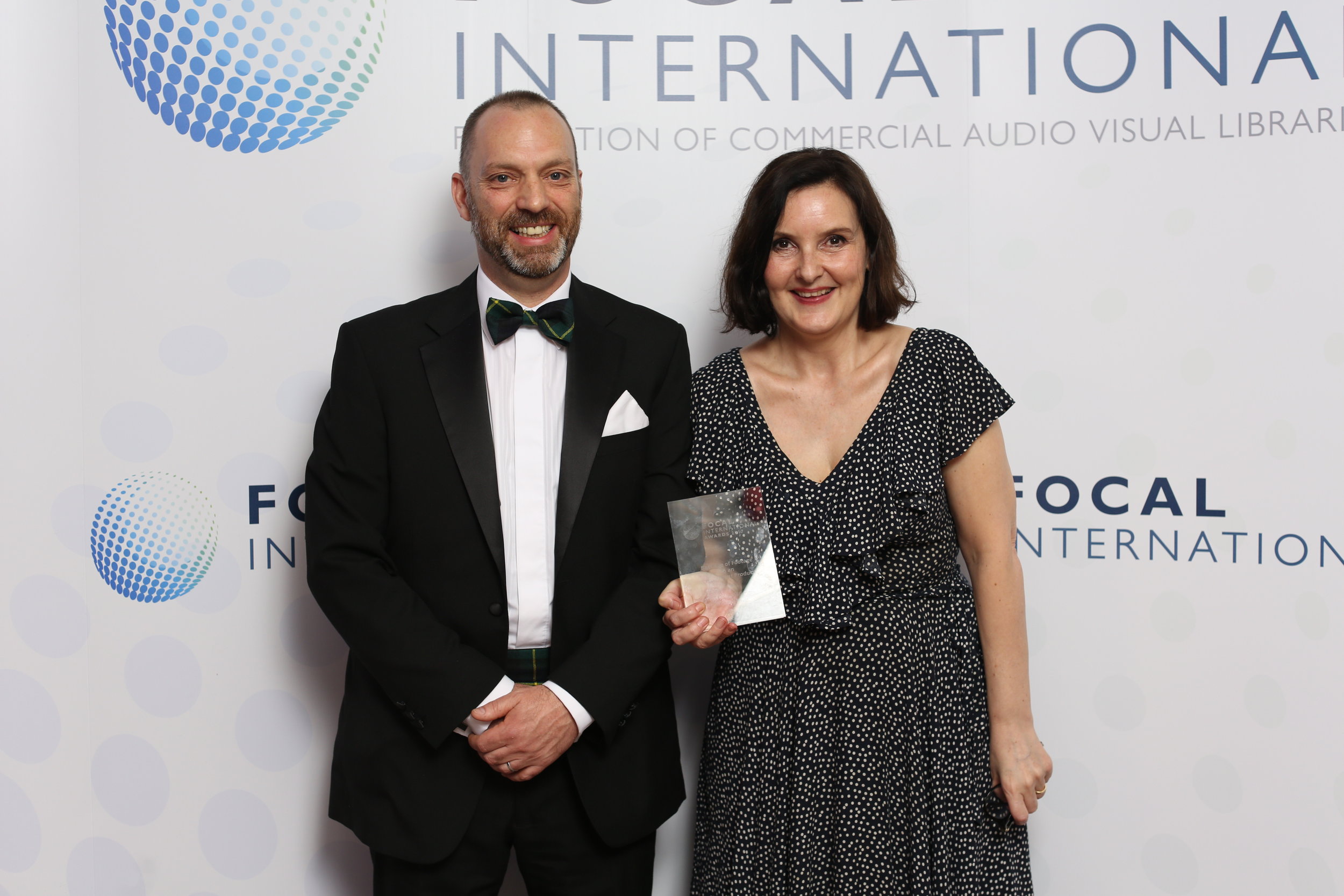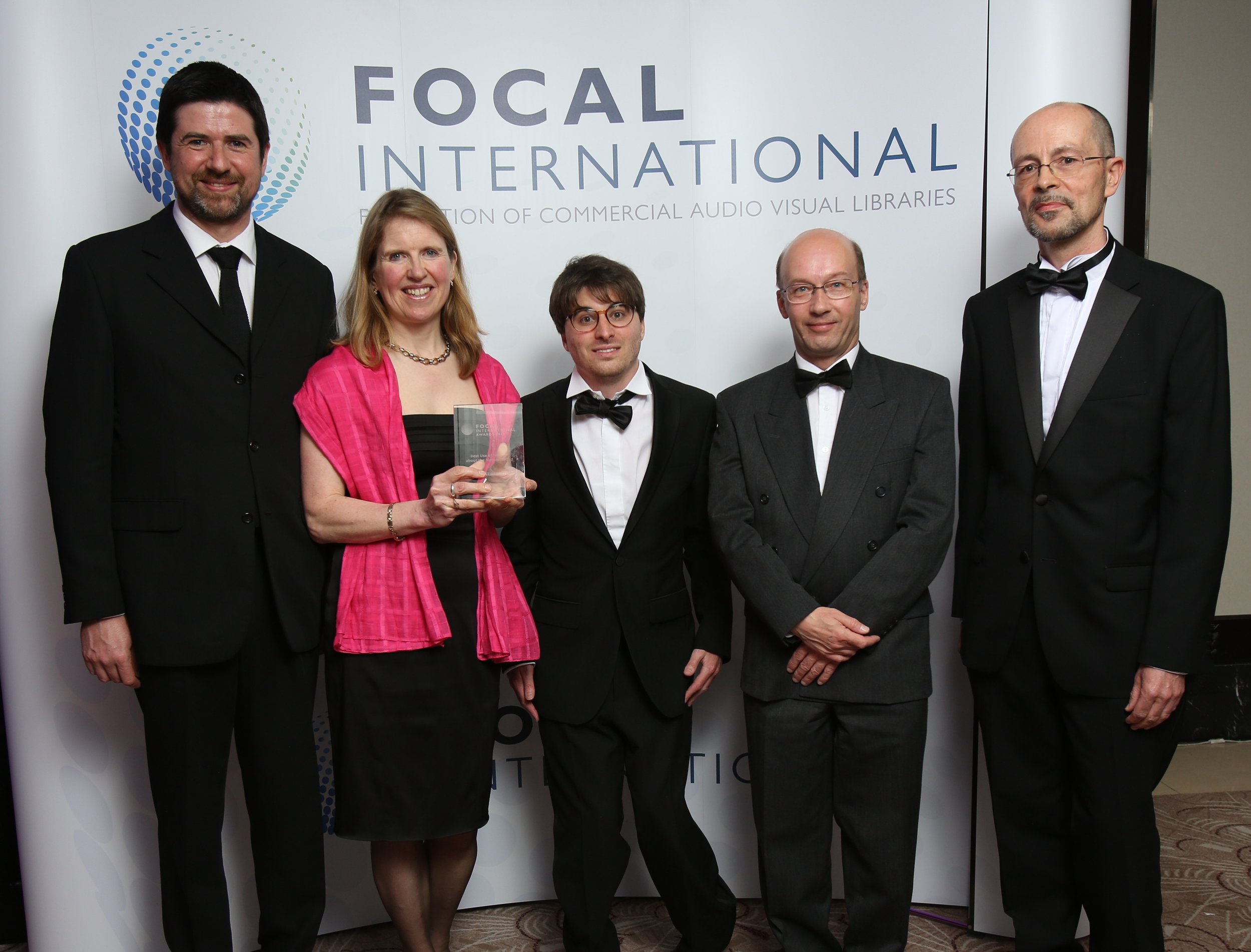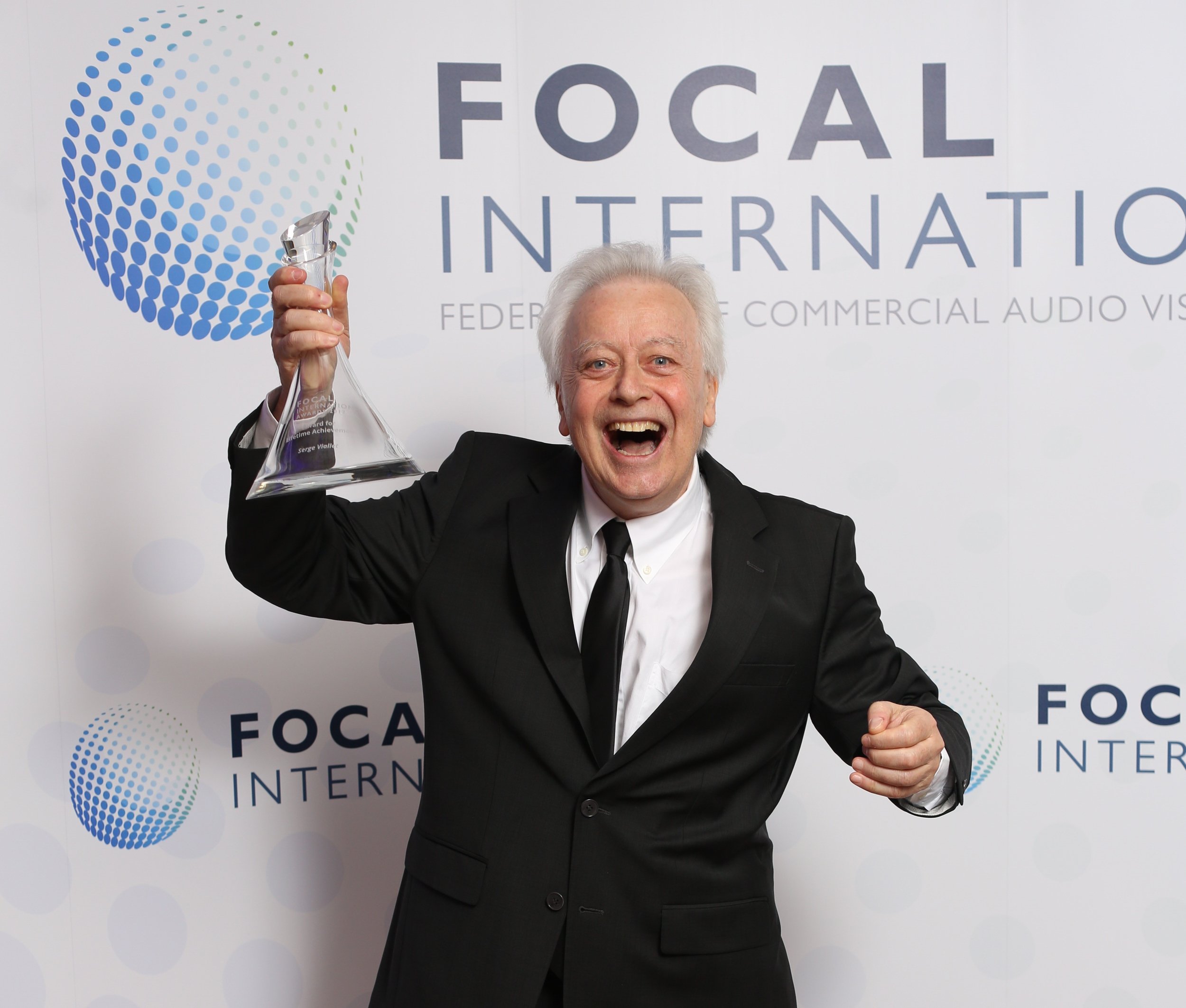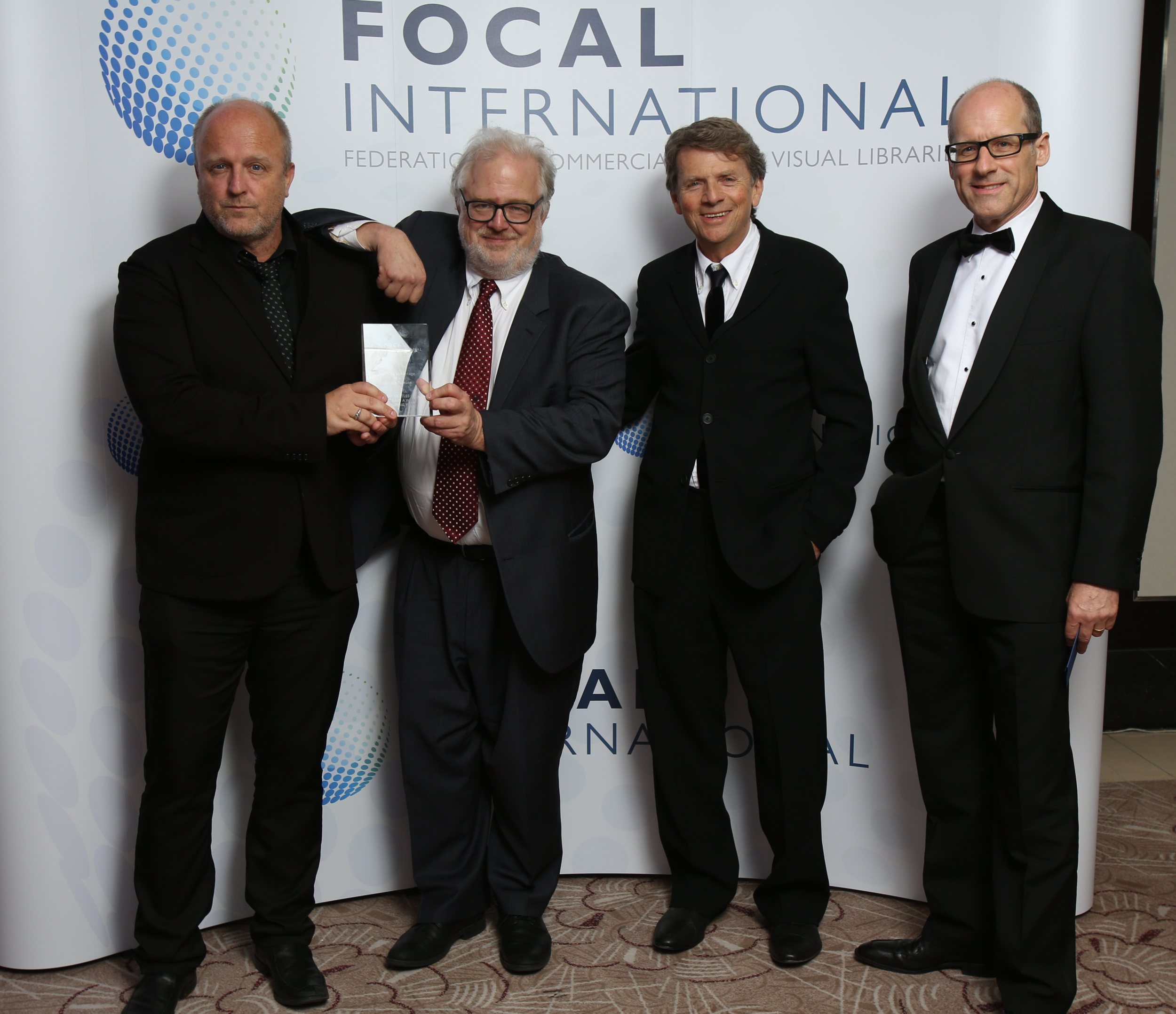With over 1,800 exhibits spread out across the entire Las Vegas Convention Center, and 100,000 plus attendees roaming the floor, NAB is like a small, frenetic city, and homing in on points of relevance takes some perseverance. That said, there’s a lot there of interest to the footage community, including products and services directly tailored to current needs, as well as technology and trends that are sure to affect the footage industry in the near future.
With that in mind, we’ve assembled a highly summarized “mini-directory” of companies that offer products and services that we believe will be of interest to footage companies, as well as other stakeholders in the archival footage business.
The list is divided into seven categories, including: digital asset management & storage; digital rights management & protection; logging and metadata; file sharing; film scanners and restoration; footage companies; and sessions.
We hope it gives you some sense of the state of things at NAB!
Digital Asset Management & Storage
Actus ClipFactory
Actus ClipFactory™ includes a content management system that allows users to enter and edit metadata, search and find specific clips, send the clips via mail, save the clips as files, distribute the clips to any destination such as CDN or social networks, download the clips and more.
www.actusdigital.com
Atempo
Atempo’s ASG-Digital Archive is a versatile, scalable file archiving software solution for the media industry that makes large data volumes available when and where needed, and integrates easily into user workflows. Data is secured and stored in open formats on a variety of storage media including tape, disk, cloud or object storage. Data movements are traced and logged. Users can preview assets with low-res proxies and make a partial retrieval of large assets. The AGS-Digital Archive is currently in use at the National Film Board of Canada, where they are archiving all digital masters and source files, including related metadata, for restored and new works.
www.atempo.com/ASG-Digital-Archive.aspx
Avere Systems
Avere Hybrid Cloud NAS enables use of cloud storage for tier-2 storage (active nearline storage), creating an accessible active archive at the lower cost of object storage. Avere Hybrid Cloud seeks to change the economics and functionality of data storage and computing for rendering, transcoding and encoding by allowing clients to leverage public and private storage clouds, IaaS, and elastic compute for workloads previously limited to on-premise high-performance (HPC) storage systems.
www.averesystems.com/active-cloud-storage
Cantemo
The Cantemo Portal helps manage video files, from creation through editing to distribution and archiving. The Cantemo Portal can be used for post-production management, as a distribution and sharing platform, for workflow file management and as an archive front end. Deployment can be done in the cloud, in front of a large tier-2 storage, or a tape library. Having proxies and metadata for all items means that anyone can search the archive from almost anywhere without having to know how the tape library works, where the storage is, or where the assets lives in the storage. Portal is used for finding and recovering files that are then copied to production storage or to distribution methods for sharing or re-use. Cantemo is currently in use by media companies around the world, including the Boston Red Sox, who use it to “transition the Red Sox workflow, expand accessibility, and empower their creative team to get content to market more efficiently.”
www.cantemo.com
Cinegy
Cinegy develops software solutions for collaborative workflow encompassing IP, capture, editing and playout services tools, integrated into an active archive for full digital asset management. Cinegy Archive is the innovative media asset management solution for any organization with an archive or productions to manage. With its scalable and open architecture, Cinegy offers an affordable solution to digitize tape-based archives and production workflows. With advanced logging and metadata accumulation over the entire lifecycle of the media assets, content becomes easily searchable and reusable, saving time and money. Cinegy Archive enables local and remote real-time collaboration allowing loggers, story and video editors to work on video material in real-time, even while it is still being ingested. Using the Cinegy Workspace browser-based interface, clips can be searched, browsed, selected and even edited from anywhere.
www.cinegy.com/index.php/products/media-asset-management/cinegy-archive
Crawford Media Services
Crawford Media Services, Inc. provides premium content services, including mass digitization, human generated descriptive metadata, and digital archive storage for all owners of media content. Crawford’s service based model allows them to provide the customized solutions necessary to meet the specialized challenges now faced by content owners and make unruly media collections ready for market.
www.crawford.com
Dalet
Dalet Galaxy is an enterprise Media Asset Management platform which unifies the content chain by managing assets, metadata, workflows and processes across multiple and diverse production and distribution systems. Dalet offers end-to-end Archive solutions to optimize workflows and to maximize assets, managing all type of multimedia content, including video, audio, texts, documents and more. Ideally suited for News, Sports, Programs and Radio workflows, Dalet’s Archive solutions makes media easily accessible and findable from any location through a Web client, but also to third-party systems thanks to the integration layer. With Dalet Archive solutions, media companies can build a truly unified environment where content is made available to everyone who needs it, no matter what system they are using, and extend the reach of owned content through easy and fast repurposing on multiple devices.
www.dalet.com/business-solutions/archives-and-media-asset-management
Imagen
The Imagen Enterprise Video Platform helps companies of all sizes and industries preserve, navigate and monetize their ever-growing media libraries. The latest update - Imagen Version 5 - has been built with both content owners and their customers in mind, providing the most efficient platform for managing and monetizing video content. With the focus on improved speeds and creating a more agile platform for media managers, Imagen version 5 enables content owners to adapt to the marketplace quicker. New features include optimized ingest tools for rapid content on-boarding, new payment models allowing customers to license clips using micro credit payments and high speed fulfillment of high resolution content. New language localization features also enable content to be licensed by a worldwide customer base, or streamed to paying audiences across the globe. Used by a number of key customers such as Premier League, Channel 4, Endemol and IMG to manage, distribute and commercialize legacy and near live content, Imagen’s latest version of its Enterprise Video Platform creates even more opportunities to generate revenue for content owners, as well as preserving large libraries of media with best in class workflow and archiving tools.
https://imagenevp.com/
Imagine Products
Imagine Products, Inc. develops high value, innovative digital video utilities to backup, view, share, transcode and archive assets. Imagine’s array of applications offer simple to use, elegant user interfaces with powerful back-ends that are affordable for both professionals and beginners. Some popular applications include ShotPut Pro (offloading application), PrimeTranscoder (transcoding application), PreRollPost (LTFS archiving application) and HD-VU2 (native file viewer).
http://www.imagineproducts.com
Masstech
Masstech’s scalable archive and storage management solution automates the archive process, ensuring that media and metadata are stored safely, while making it easy to find, retrieve and restore content in required formats. Whether archiving on-site, across multiple facilities or remotely for disaster recovery, Masstech enables media companies to preserve and protect valuable content and build deep media libraries that can be mined and repurposed.
www.masstech.com
Object Matrix
Object Matrix provides digital content governance & object storage platforms. The company was built on the philosophy that archive systems should be scalable and interoperable, as well as ensuring instant access to data and metadata. Its flagship product, MatrixStore, is an integrated object storage software solution, providing protection and governance for the lifetime of any digital content. Customers include NBC Universal, TV Globo, Imagina, Miami Heat, EDF, the BBC & BT to name a few.
www.object-matrix.com
Quantum Corporation
Quantum StorNext production & archive solutions power modern workflows, enabling content creators to collaborate in real-time and keep assets accessible for future use and re-monetization. Evolving for 4K and beyond, new camera formats, delivery options & tighter deadlines. StorNext supports every step of media workflows, managing content files from ingest to archive. Leading studios, broadcasters & thousands of smaller content creators use StorNext to create award-winning productions.
www.stornext.com
SGL
SGL is a leading provider of content archive and storage management solutions with over twenty years’ experience in the media and content management sectors. SGL’s FlashNet archive solution delivers unrivalled levels of resilience, flexibility and adaptability and the addition of FlashNet Infinity, an elegant suite of web-based dashboard tools, adds further sophistication to FlashNet.
www.sglbroadcast.com/products/
StorageDNA
StorageDNA helps film, video, and broadcast professionals master their digital workflow, work more efficiently and save storage costs. StorageDNA helps media professionals address the challenges of high-resolution digital file-based workflows, including cost-effective backup and storage; the long-term protection of digital assets; and the need to easily archive, search, find, restore, and directly access content when needed. StorageDNA is known for the intelligent workflow solution DNAevolution built on Linear Tape Open (LTO) and Linear Tape File System (LTFS) technologies. StorageDNA’s solutions power some of the most complex and critical workflows for a wide range of customers, from major film studios and television production companies to sports organizations, government agencies, and Fortune 500 corporations.
www.storagedna.com
Vectracom
Vectracom is a mass digitization service company specializing in the preservation and valorization of audiovisual heritage, including films, video and audio. Vectracom operates worldwide, with offices in Europe, North America and North Africa. From inventory to delivery, from manual cleaning to automatic metadata creation, Vectracom has developed innovative solutions and workflows to adapt to the specific needs of each client.
www.vectracom.fr/en/
Wazee Digital
Wazee Digital demonstrated how they can capture content in real-time, upload it to the cloud using file acceleration where Wazee Digital Core (asset management platform) kicks off workflows that include creating file renditions, metadata extraction, archiving and publishing to multiple digital endpoints including Core, Digital Media Hub, Commerce, YouTube and Facebook. All of which was accomplished using a 25 Mbps wifi network – proving the benefit of having a lightweight browser based front end with all the heavy lifting and transformation of video assets being processed and stored in the cloud.
www.wazeedigital.com/
Xeric Design
Xeric Design is the developer of Cinematica, a feature-rich professional video management system designed with powerful tools and an intuitive drag-and-drop interface to manage growing libraries of video files, with a range of options to suit every need. Features such as thumbnails, storyboards, and keywords make cataloging a snap.
www.xericdesign.com
Digital Rights Management & Protection
ContentArmor
ContentArmor creates, develops, and commercializes security solutions for entertainment content, providing audio and video watermarking technologies to deter piracy for premium multimedia content across creation and distribution workflows.
www.contentarmor.net
FilmTrack
FilmTrack’s cloud-based platform provides the tools to manage mission-critical data, including contracts, rights, financials, royalties and asset management in one solution, simplifying the complexities of managing and licensing intellectual property. FilmTrack services broadcasters and other media and entertainment organizations by providing an end-to-end solution for the back office. FilmTrack can complement current systems by integrating with ERP or finance packages, mastering media management, or scheduling solutions with secure, RESTful APIs.
www.filmtrack.com
Markany
ContentTRACKER, MarkAny's forensic watermarking technology, facilitates multimedia business models and protects content in high piracy environments. ContentTRACKER enforces security policies by embedding unique and robust identifying code without altering the viewing experience for the legitimate user.
www.markany.com/eng/
Vistex
Vistex partners with clients to provide powerful cross-platform content, rights and royalties management solutions, allowing complex businesses to fully automate their requirements. With (17) offices and (1,200) employees worldwide, Vistex works with clients to manage the full life cycle of their Go-to-Market programs through strategy, software, implementation, execution, and analytics.
http://vistex.com
Search & Metadata
IDENTV
Whether from live TV streams or recorded video, IDENTV's pioneering Intelligent Video-fingerprinting Platform (IVP) processes visual content at ultra-fast speed with highly scalable & accurate recognition of objects, faces, brands, logos, scenes & more in an integrated self-managed environment. Creating powerful video analysis capabilities and actionable insights from Video Big Data.
www.identv.com
Primestream
Primestream’s FORK Logger delivers a user interface optimized for tagging real-time feeds with the metadata needed to make a quick turnaround – making sifting, sorting and finding the right clips easy. FORK Logger is now available as a self-contained turnkey solution tailored for sports production –facilitating faster and more efficient workflows. Automatically add rich metadata and markers with FORK Logger using live data from STATS, the leader in sports data and content. The module’s extensively configurable and contextually dynamic user interface gives sports loggers the tools to quickly tag video with pre-defined metadata – making assets easier to manage, move and ultimately monetize.
http://primestream.com/simplypowerful
Malgn Technology
Malgn’s KeyFlow Pro is a simple, elegant and surprisingly powerful media manager. Upload, preview, organize, role edit, tag, annotate and more with KeyFlow Pro, featuring deep integration with Final Cut Pro X. It's on the Mac App Store.
www.keyflowpro.com
ReCAP
ReCAP is a consortium of European companies that has recently received funding from the European Union to develop a Real-time Content, Analysis and Processing (ReCAP) software platform. The consortium includes NMR (UK) ToolsOnAir (Austria), nablet (Germany) and Joanneum Research (Austria). ReCAP will enable media companies to automatically analyze and extract time-stamped descriptive and technical metadata, in real-time, from live broadcast quality video content, as well as process their existing archive content.
www.recap-project.com
File Sharing
Aspera
Aspera, an IBM® Company, creates next-generation software technologies that move the world’s data at maximum speed regardless of file size, transfer distance and network conditions. Major film studios, post-production companies, visual effects houses, and broadcasters rely on Aspera to reduce production cycles while securely delivering high-resolution media worldwide, with the utmost quality of service, providing consumers with content faster and more efficiently than ever before.
www.asperasoft.com
FileCatalyst
FileCatalyst is a pioneer in managed file transfers and a world-leading accelerated file transfer solution. FileCatalyst is a software platform designed to accelerate and manage file transfers securely and reliably. FileCatalyst is immune to the effects that latency and packet loss have on traditional file transfer methods like FTP, HTTP, or CIFS. Global organizations use FileCatalyst to solve issues related to file transfer, including content distribution, file sharing, and offsite backups.
www.filecatalyst.com
Signiant
Signiant’s intelligent file transfer solutions help the world’s top media companies move petabytes of content every day over standard IP networks. Built on Signiant’s patented file transfer acceleration technology, the company’s on-premises and cloud-native SaaS solutions are the market leaders for moving large files over distance - between systems, between people, and to and from cloud object storage.
www.signiant.com
Film Scanners & Restoration
Black Magic Cintel Film Scanner
The new Blackmagic Cintel film scanner includes the most advanced Image Mill image processing Cintel has to offer, built into the machine itself, providing powerful grain reduction and optical stabilization technology, which makes the Cintel scanner a perfect choice for historical archive conversions and restoration projects. Cintel’s ultra thin size means it can be desk-mounted or wall-mounted. There are even multiple accessory mount points for adding audio pickups or key-code readers. The Cintel film scanner produces stabilized, grain-reduced files that are ready for digital restoration and mastering.
www.blackmagicdesign.com/products/cintel
FilmFabriek
FIlmFabriek is the creator of the cost effective, high quality, modular frame-by-frame film scanner, used by archives and scanning companies worldwide to replace their telecine scanners. The scanner is sprocketless, offers sound heads and the unique wetgate system to optimize the digitization of damaged film.
www.filmfabriek.nl/filmscanner/
LaserGraphics
Since 1981, LaserGraphics has been at the forefront of film imaging system technology. Their still-frame high resolution photo and slide film recording systems exceeded the rigorous demands of customers in the medical, military and digital photography markets. This, coupled with innovative engineering, exacting levels of quality, and superior service is why LaserGraphics has sold over 25,000 still-frame film-recording systems.
http://lasergraphics.com/index.html
MTI Film, LLC
MTI Film provides world class digital film restoration services to studios and libraries that need the highest quality work delivered on time and on budget. The MTI team of experienced restoration artists use DRS™NOVA to remove all types of defects - ranging from warping, color breathing, and 3-layer misalignment, to dust, dirt and scratches. In addition, MTI provides expert color correction, editing, and transcoding tools for HD, UHD, and DCP delivery.
www.mtifilm.com/
RTI Film Group
The RTI Film Group specializes in providing a variety of equipment and technology for those involved in the digitization, preservation and migration of media content. That content may be residing on motion picture film, broadcast video formats or optical discs. Products such as digital film scanners for all film gauges, scanning at up to 5K resolution. The RTI Group includes Lipsner Smith, TapeChek Evaluators, BHP, Calder, Filmlab Systems, Imagica, and CIR. Over 100 specialized products are available.
www.rtico.com
Vintage Cloud
Vintage Cloud recently acquired long-established film editing table manufacturer Steenbeck, and now offers the world’s fastest film archive digitization system. The Vintage Cloud Steenbeck uniquely offers the ability to digitize separate image and audio at the same time at up to 4K resolution and up to 60 fps. The all-in-one system has now been enhanced by the introduction of Smart Indexing, which uses AI and machine learning to dramatically increase the speed and precision with which metadata can be included within the asset – giving it substantially more value.
www.vintagecloud.com/
Footage Companies
The footage industry was well represented at NAB 2017. In addition to our exhbition (Footage.net), exhibitors included Dissolve, Filmsupply, INA, Pond5, Shutterstock and VideoBlocks. We spent some time at all their booths and all seemed to agree that NAB was a productive venue for footage companies.
Sessions
Investing in Stock: Getting Paid to Follow Your Passion
Robb Crocker, author of Stock Footage Millionaire, gave a presentation at the Adobe booth on how to produce and market stock footage. He discussed strategies for successful stock footage production including: shooting footage you would want to buy; using equipment you would want used in your own productions; developing a niche; looking for developing trends; leveraging your resources and special access; and playing to your strengths. You can watch his presentation here.
From Lens to Archive: Media Management for NewTek NDI
Workflow experts at ProMAX walked attendees through an end-to-end production process utilizing NewTek devices and the NDI protocol, showing attendees how to instantly manage media from first capture all the way though archive. The session looked at each specific step along the way, including: ingest; immediate backup; encoding & proxy generation; metadata tagging; searching; editing/post production; and long term archiving.
Attendees were guided through capturing and storing NDI video streams to a storage device; how to best protect media, short term & long term; understanding how live production broadcast can integrate into a post-production workflow; how to set up an integrated "production - post production" workflow utilizing NDI devices; how to organize, tag and search for media in a dynamic production environment; and how to archive content while still having access to proxy media.
How “Saturday Night Live” Built Private Cloud Storage to Accelerate Workflows and Archive Assets for the Next 40 Years Presented by Cloudian
Session covered how SNL manages and archives assets from 40 years of programming, and ensures those assets deliver value for the next 40 years, featuring media management and storage experts from SNL and presentation of their approach to building an open architecture and saving costs, while accelerating media access in their highly time-pressured workflow.
